

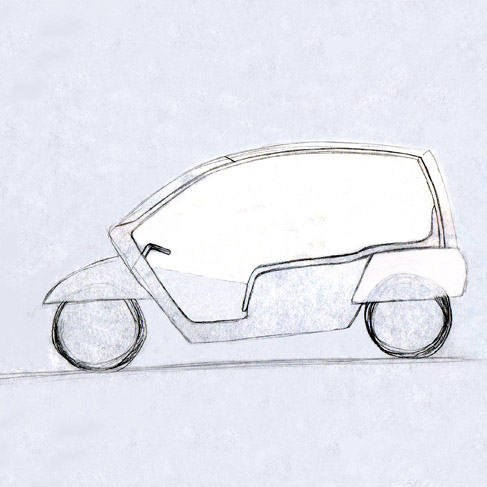

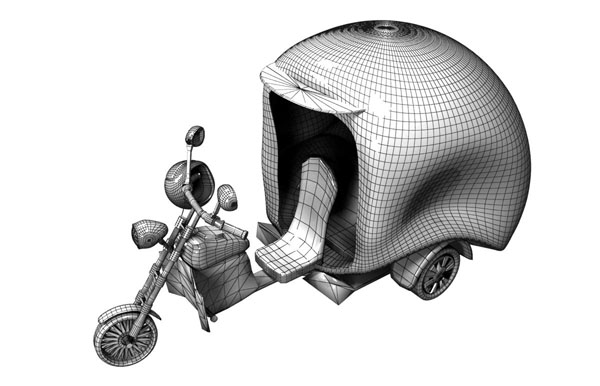

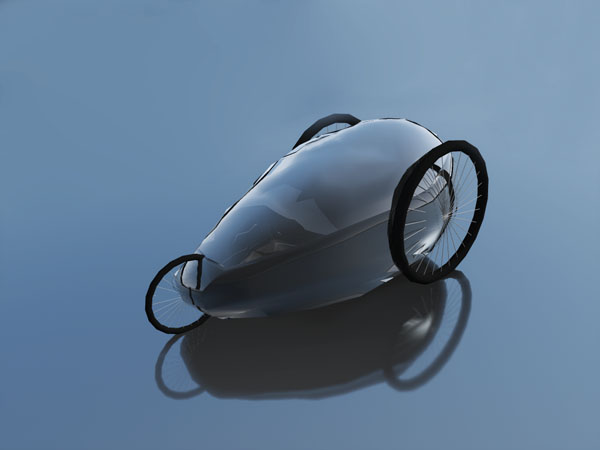

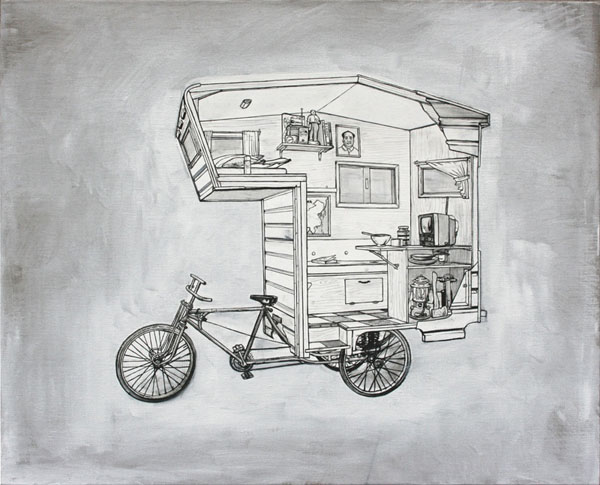



Transportation, recreation, racing... Undoubtedly, the variety of functions that a bicycle can perform is impressive. What would happen if some of these were combined and especially when one of them does not belong to its accepted and expected operations? The project aims at a harmonious coexistence of the functions of the bicycle as a means of transport and accommodation in a single, unified package. The main objectives focus on ensuring the necessary privacy for the character of the vehicle as a place of rest, while maintaining drivability, despite the increased weight compared to a usual bike.
Supervisor: Kotionis Zissis
Reference Number: 425


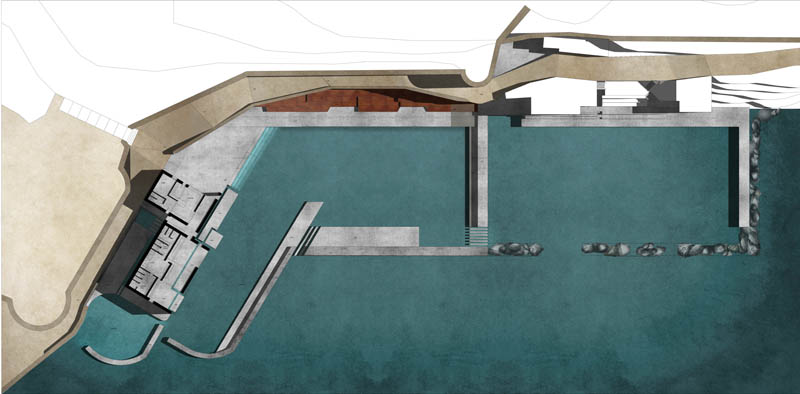



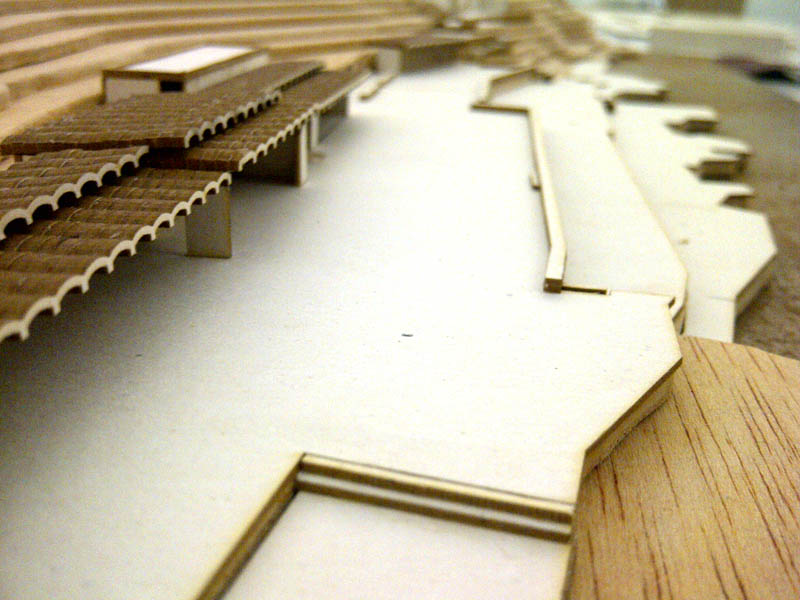



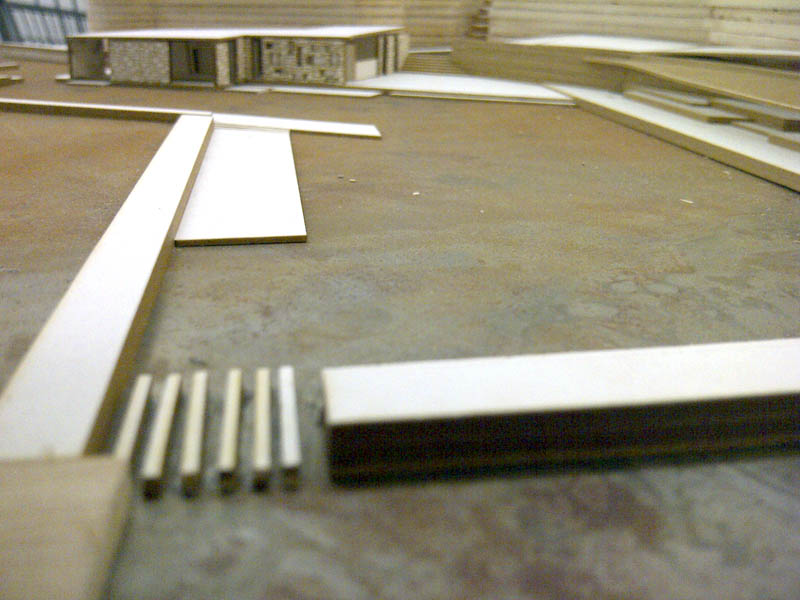

Description: This thesis concerns the regeneration of coastal landscape Arvanitia of Nafplio. Through the research approach are trying a different fix, which handles both urban as well as the physical qualities of the place. The new map reveals the elements that lead to the renegotiation of the limits of the sea and city, as well as the remodeling of some parts of the beach. The intense anthropological character of the area will contribute significantly to the identity of the user of this landscape of the visitor.
Supervisor: Gavrilou Evelyn
Reference Number: 469
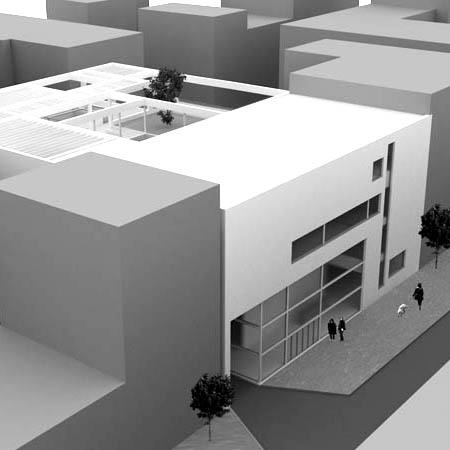

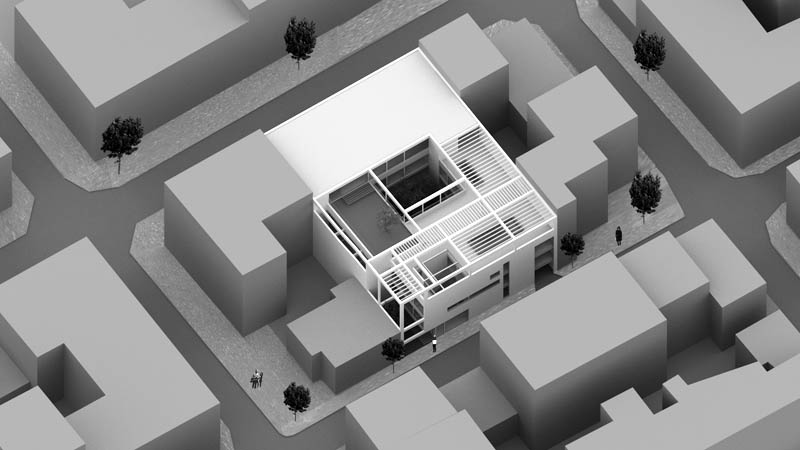

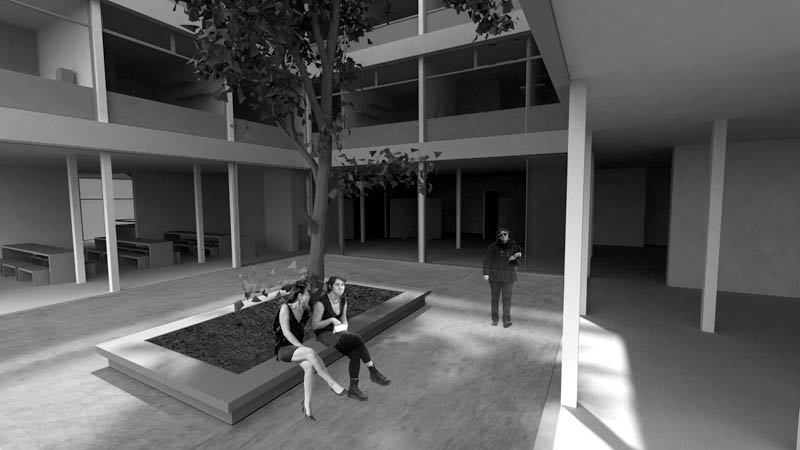

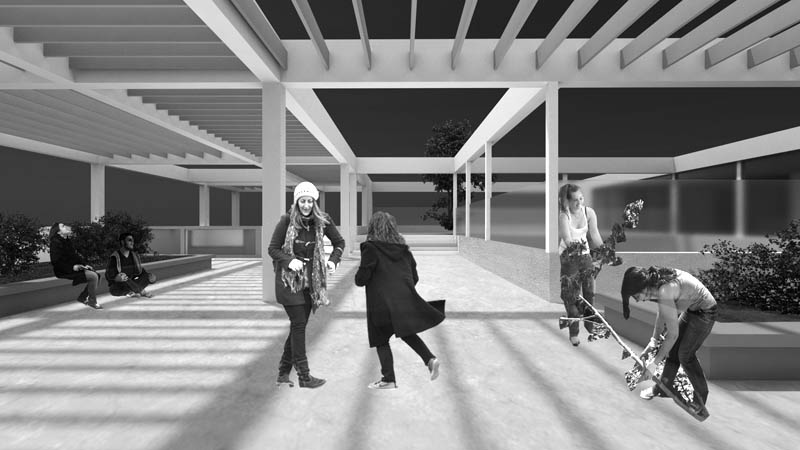





The “mental interaction station“ is placed in a dual-aspect piece of land in Volos; the city block in which the station is placed, is consisted by the roads “Gallias”, “ Aleksandras”, “Kassaveti” and “Statha”. The expected outcome and purpose of that institute is the configuration of a community structure, in order to treat people suffering from mental illnesses. The operational program and the way through which the uses are structured, obey the institutional standards that Psychiatric Reform and Community Psychiatry require. In this sense, the small-scalestructures with the maximum of 23 occupants-which must be integrated into the urban center as also the interaction of citizens and residents-, helped us formthe synthetic and operational program. In particular, taking into consideration the dual-aspect effect of that piece of land, we tried to keep this capacity in our synthetic attempt. Therefore, at every level of the building we tried to ensure free access in all areas, from the workshop labs up to the units of habitation of the 16 occupants. In addition, there are organized indoor, outdoor, planted and non-planted areas with the aim to show not only the diffusion of uses but also the spatial coexistence of citizens and occupants at all levels; from the ground floor up to the level of the roof. The configuration of workshop labs, libraries, auditorium, exercise and individual therapy rooms helps the citizens and occupants to get familiar to the special needs of the vulnerable group of people who suffer from such illnesses. It also promotes the productive interaction between those people in order for the therapeutic program to success. Last but not least, this structure still remains a type of hospital building. What that means is that the pathological clinic spaces, the counseling and individual therapy rooms as well as the ambulance access, are mandatoryand organized in case ofpsychotic or pathological incidents. The main goal of the "mental interaction station” is, therefore, to create a structure spatially and operationally embedded within the community; a community that faces the person with mental illness not like being defined only by his illness, but as an individuality experiencing the social and economic reality.
Supervisor: Kotionis Zissis
Reference Number: 472

